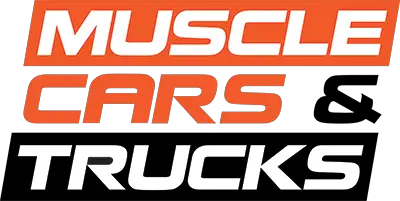America’s aging electric grid is in desperate need of an upgrade, it can’t and won’t keep up with the incoming electrical demands of low-carbon living A recent study by National Grid performed across its service territories in New York and Massachusetts found that an EV revolution would unsurprisingly lead to a significant increase in electricity demand along highway corridors. The study was done in conjunction with transition-friendly nonprofits and two EV-focused tech firms.
The increases in demand would be highly localized, centering on communal charging points for EV cars and commercial trucks. According to the study, a typical highway plaza fuel stop for cars and trucks in New York or Massachusetts would require at least 20 EV fast chargers to sustain widespread adoption both privately and commercially. These sites would require the same amount of electricity supplied as a small town, which on average would be in excess of 30 Megawatts. So mass adoption of EVs would in turn lead to many, many new “small towns” connecting to the electric grid. The same electrical grid that’s having trouble keeping up with current demand.
Things are so dire the Midcontinent Independent System Operator, the outfit responsible for overseeing the Midwest’s electric grid, has said the demand for electricity has already outstripped the creation of supply. A large part of this reason has been the retirement of conventional base-load power plants that used coal and natural gas to spin generators. Planned upgrades to the electric grid including renewable energy and storage projects under the Inflation Reduction Act are being delayed and face rapidly rising costs due to material price increases among other factors.

Many believe that with scale wind and solar will become discount alternatives to conventional sources of energy and will power our electric grid in perpetuity. In the EU, people are starting to notice that the business of solar power is not cheap at all. Solar equipment manufacturers have started asking governments for financial help because their costs are rising due to energy and material cost increases. If you didn’t know, the creation of solar panels is an extremely energy-intensive process that is highly dependent on conventional fossil fuels.
Of course, no conversation about a renewable energy-dominated electric grid is complete without addressing the storage capacity issue. We don’t have enough battery materials to build enough electric cars for everyone in the world, let alone storage batteries big enough to run a metropolis like New York City or Boston on captured wind and solar energy.

Renewable energies aren’t agile, despite their billing as building a friendly future. In case you forgot, the reason we built a society on fossil fuels was because of its incredible flexibility and adaptability. Anything less than equivalent agility from our future energy sources is equal to stepping back into the stone age. No amount of virtue signaling or sacrifices will change that.
At the same time, the hydrogen economy is beginning to become very real. The fuel not only has the ability to run our conventional internal combustion engines with mild modifications, but it can also power the same electricity-generating turbines we currently spin with natural gas. We can create the fuel locally and with very little harm to the environment, we just need to continue developing infrastructure to deliver the quantities of hydrogen required.
Farmers and members of rural communities have been resisting the use of land for solar and wind projects, citing aesthetics, noise, and health consequences as reasons for opposition. Solar and wind farms large enough to provide utility-scale power require ten times as much space per unit of power as conventional power plants. Land that we should probably use for growing food.






